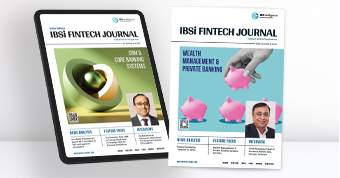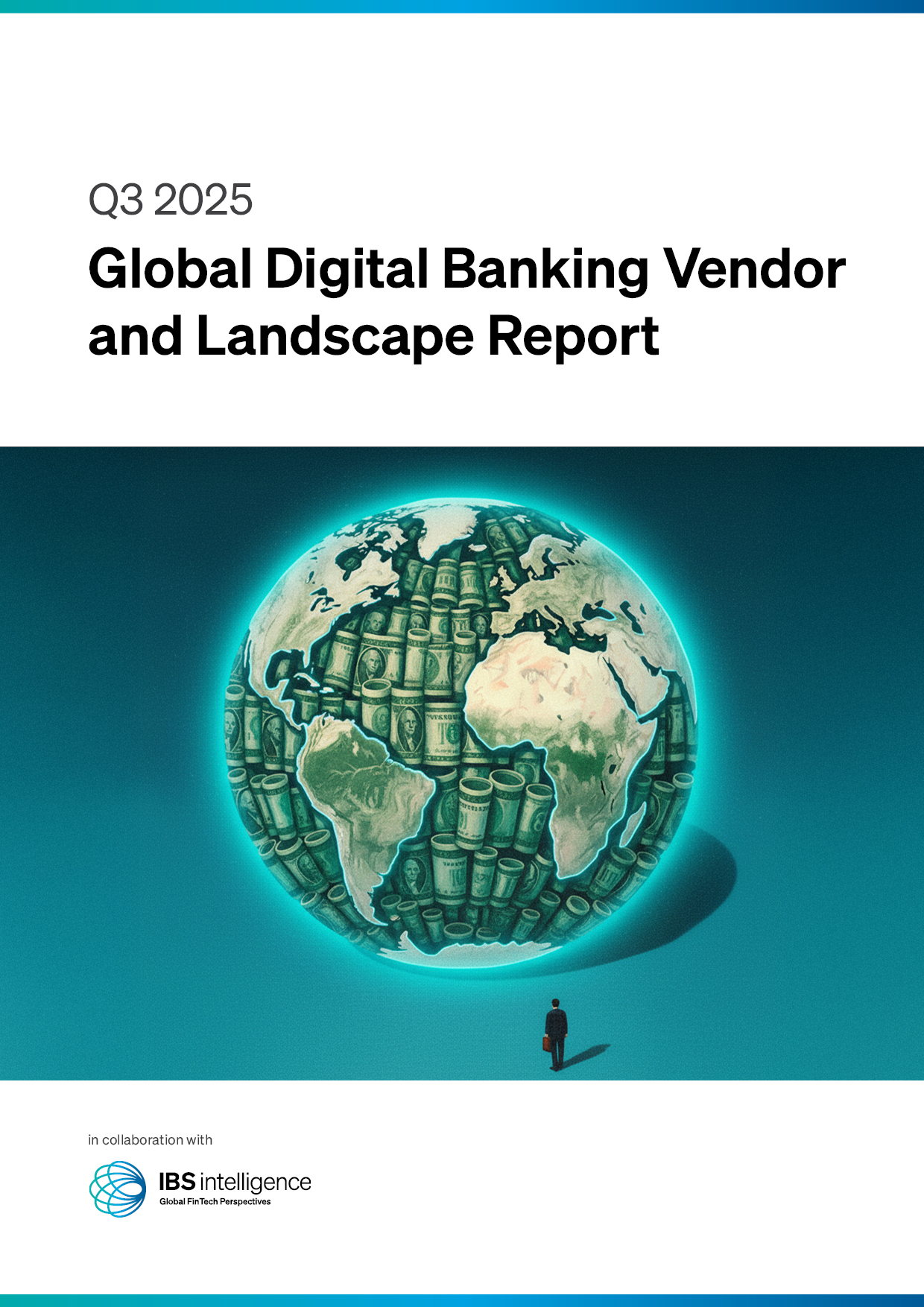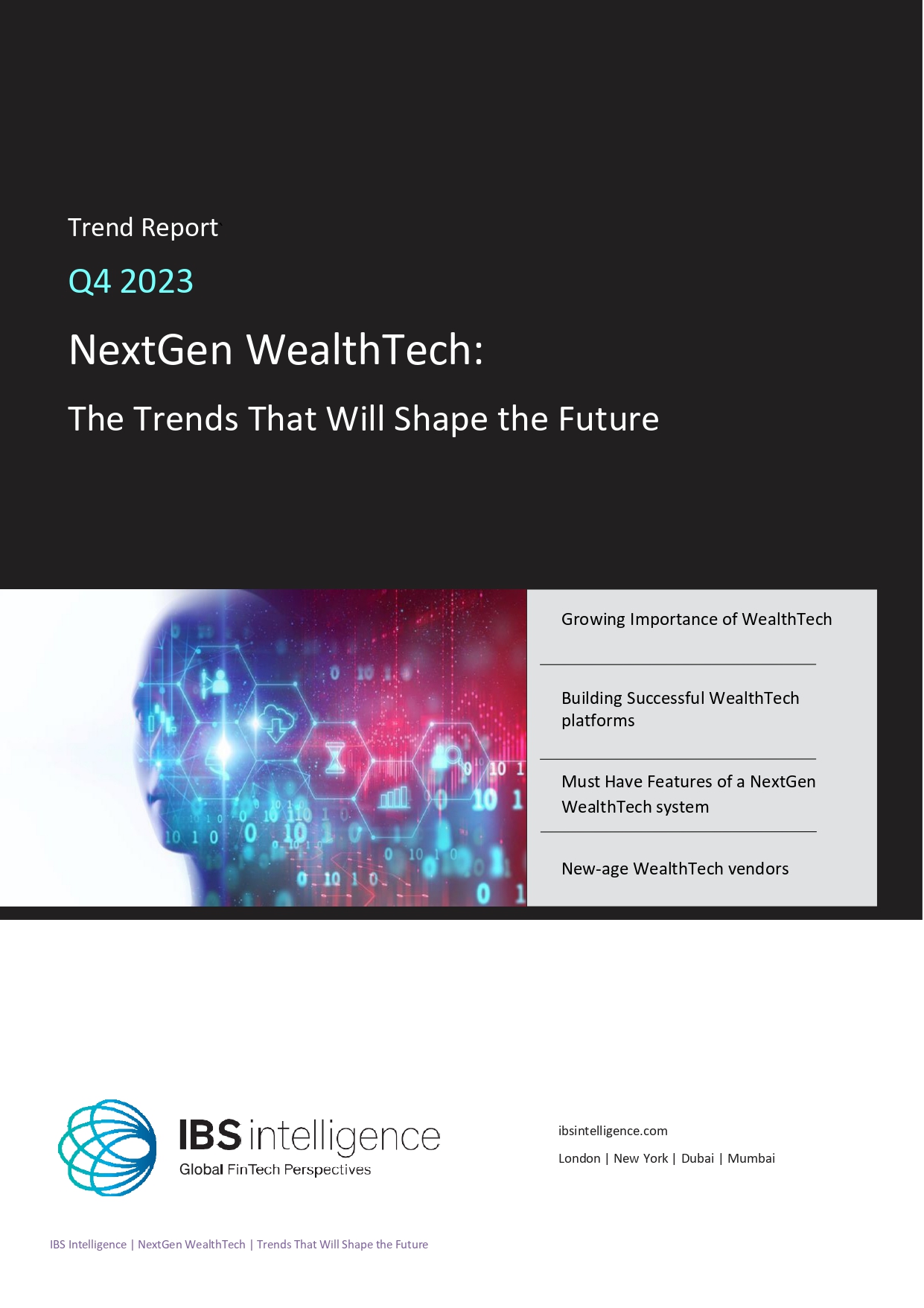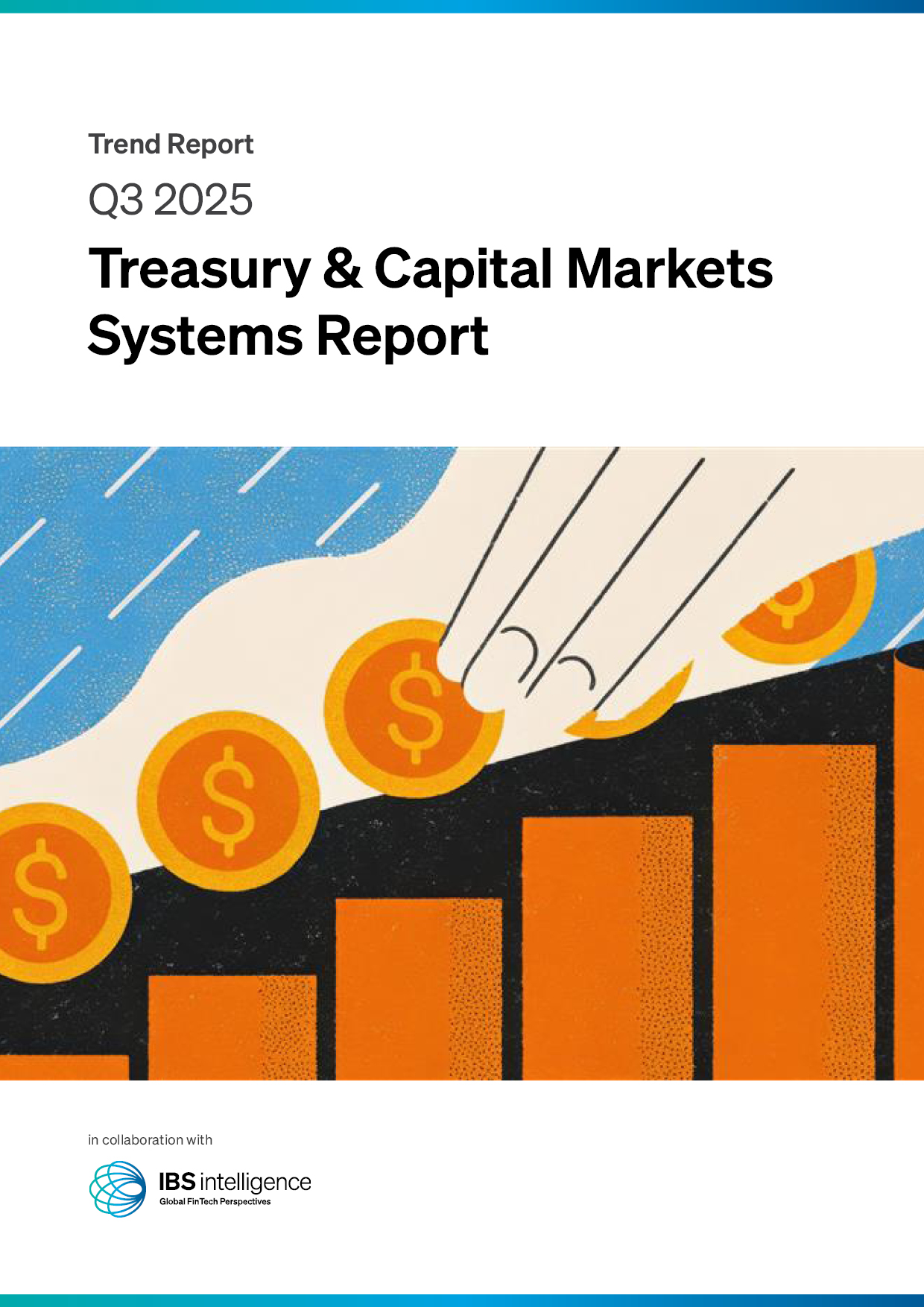 Back
Back
Why the FinTech boom in MENA has exposed Europe’s tech debt – and how to fix it

‘Legacy infrastructure’ is not a term that tends to be associated with digital-first challenger banks, but think again. Mahesh Paolini-Subramanya, CTO of BKN301, explains why Europe must shed its legacy infrastructure shackles to keep pace with the FinTech ‘gold rush’ in the Middle East.
European neobanks were the poster child of financial innovation for much of the past decade. Their sleek apps streamlined user experiences, and digital-first models were heralded as the future of banking, leaving traditional banks behind.
But scratch beneath the surface, and while much of this so-called innovation was indeed revolutionary at the time, in truth, a fair amount was built on sand. Many European neobanks were, and still are, reliant on the very legacy infrastructure they set out to disrupt – systems owned and operated by bricks-and-mortar banks. In essence, innovation was only ever skin-deep.
By contrast, in the Middle East and North Africa (MENA), a new generation of FinTech is leapfrogging ahead, unshackled from the same levels of legacy infrastructure. Built from the ground up on cloud-native, modular banking infrastructure, FinTechs in the region are scaling faster, embedding finance more seamlessly, and adapting to market demands at an enviable speed.
With MENA FinTechs accelerating rapidly and global financial technology evolving, European players must ask themselves the tricky question: can they keep pace?
Legacy infrastructure: he anchor around FinTechs’ necks
The dependency on outdated banking infrastructure has become increasingly problematic. According to the ECB’s Banking Supervision review, 58% of critical banking functions in large banks now rely on third-party providers. Of these, 82% would be “difficult” or “impossible” to replace if they failed, meaning banks – and the neobanks reliant on their infrastructure – are deeply exposed. What’s more, the ECB also found that nearly 10% of critical functions don’t meet regulatory standards, exposing neobanks to yet another layer of operational, financial, and reputational risk.
The problem at the core isn’t outsourcing, per se – it’s how financial services have traditionally been outsourcing. Many banks and neobanks have become trapped in rigid, complex infrastructure contracts, making it incredibly difficult to innovate at speed or scale without huge operational risk. Every new product launch becomes a high-cost, high-stakes endeavour: the exact opposite of the agile, experimental approach that today’s FinTech leaders need.
Take a challenger bank looking to roll out a new savings product, for instance. Picture this: a rival neobank has just launched a high-yield cash savings account with interest rewards and flexible access, attracting reams of new customers across Europe. The competing challenger bank needs to act quickly to retain its existing customers by launching its own savings product, perhaps with better features, higher returns, or personalised incentives like in-app savings targets. The problem? Instead of deploying in weeks, it faces a six-month delay because its core infrastructure provider cannot provide the necessary integrations: a delay that costs it market share and customer trust.
What Europe can learn from MENA
There is a better way, and European players do not have to reinvent the wheel to find it. Emerging markets like MENA show what’s possible when FinTechs are built on modern, composable infrastructure.
The market no longer rewards just a superficial transformation. To compete, Europe’s financial institutions, FinTechs, and neobanks must fundamentally rethink their underlying infrastructure. For neobanks weighed down by legacy systems, this doesn’t have to mean starting from scratch. Cloud-native, modular platforms – often delivered via Banking-as-a-Service (BaaS) models – are helping to build a financial services ecosystem that integrates seamlessly with legacy technology. By allowing banks to plug in and test new services without ripping out existing infrastructure, core banking technology eliminates the dependency problem, giving digital and traditional banks the flexibility to hit the reset button without tearing everything down. This means innovation without fear of failure or lock-in.
By shifting to cloud-native platforms with API-first infrastructure, financial services firms can integrate everything from core banking and payment processing to digital wallets, card issuance, and cross-border payments, all without overhauling existing systems.
This modular, plug-and-play approach enables faster time to market, reduces operational risk, and helps financial institutions innovate securely and cost-effectively at a pace. Perhaps most importantly, it frees them from the rigid dependencies that have long held back true transformation.
The cost of standing still
The next era of financial innovation is already full steam ahead, whether Europe’s banks and neobanks are ready or not. Holding onto legacy infrastructure alone will leave many firms outpaced by those who can move faster and with more agility.
The MENA FinTech boom has exposed the cracks in Europe’s foundation but also lit the path forward. By embracing flexible, cloud-native infrastructure and breaking free from outdated dependencies, European banks and FinTechs can future-proof their operations and be seen as frontrunners in global financial innovation once again.
IBSi News
Get the IBSi FinTech Journal India Edition
- Insightful Financial Technology News Analysis
- Leadership Interviews from the Indian FinTech Ecosystem
- Expert Perspectives from the Executive Team
- Snapshots of Industry Deals, Events & Insights
- An India FinTech Case Study
- Monthly issues of the iconic global IBSi FinTech Journal
- Attend a webinar hosted by the magazine once during your subscription period
₹200 ₹99*/month
* Discounted Offer for a Limited Period on a 12-month Subscription
IBSi FinTech Journal

- Most trusted FinTech journal since 1991
- Digital monthly issue
- 60+ pages of research, analysis, interviews, opinions, and rankings
- Global coverage
Other Related Blogs
November 28, 2025
Modernising core systems in financial services without a complete overhaul
Read MoreNovember 24, 2025
The Future of Trust in Insurance: Why Data Verification Is the New Risk Shield
Read MoreNovember 20, 2025






